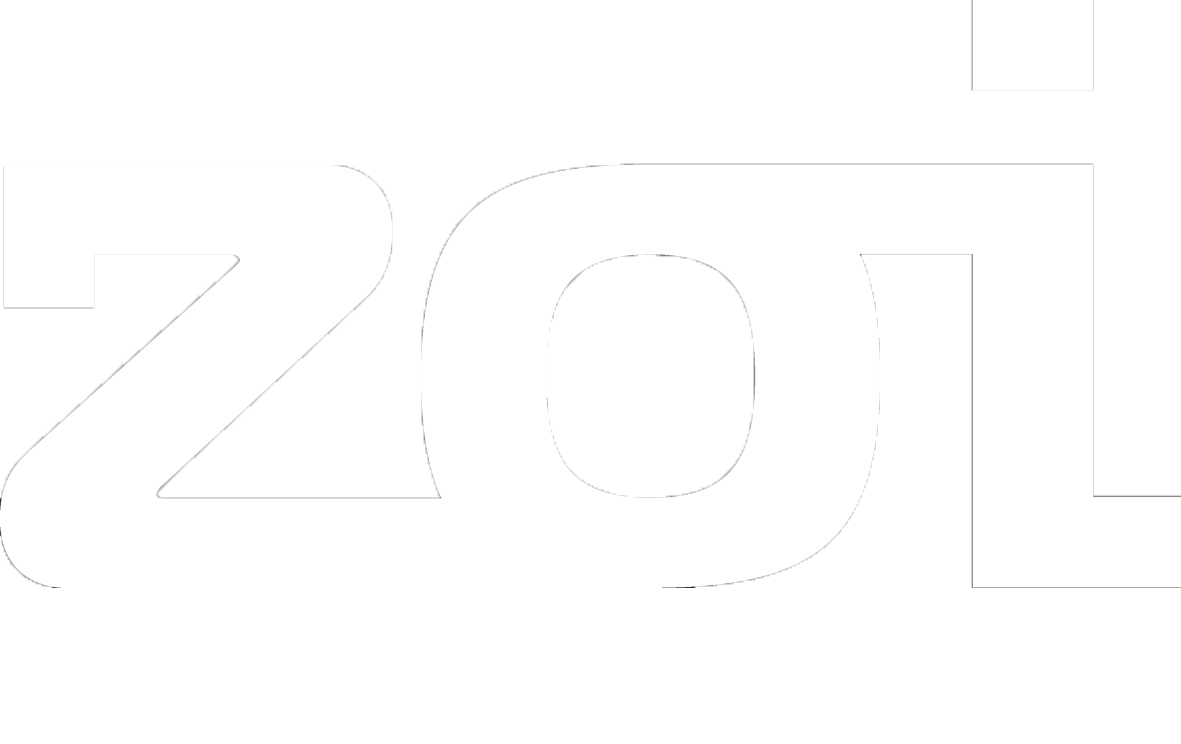Kärcher
RELIABLE POWER SUPPLY THROUGH INTELLIGENT BATTERY MANAGEMENT
INDUSTRY
Manufacturing
CLOUD PROVIDER
Other
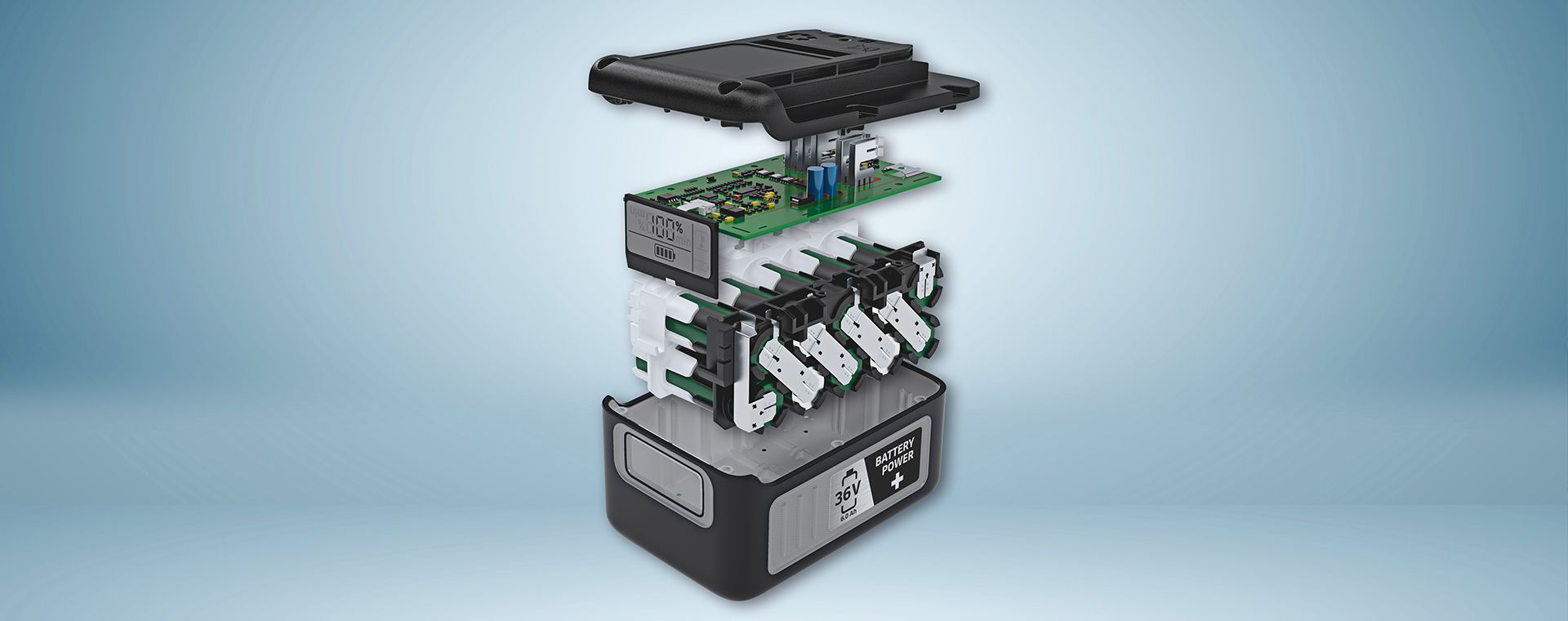
Kärcher needed a special battery management system in order to develop a battery-operated robot in which the batteries can be dynamically changed during operation with as little interruption as possible. Zoi and Kärcher developed the solution together, from the requirements analysis through to industrial series production.
This is a paragraph. Writing in paragraphs lets visitors find what they are looking for quickly and easily.
This is a paragraph. Writing in paragraphs lets visitors find what they are looking for quickly and easily.
This is a paragraph. Writing in paragraphs lets visitors find what they are looking for quickly and easily.
This is a paragraph. Writing in paragraphs lets visitors find what they are looking for quickly and easily.
ROBOT OPERATION WITHOUT INTERRUPTIONS
2 BATTERIES WITH PROTECTIVE CIRCUIT TO AVOID SYSTEM FAILURES
READY FOR INDUSTRIAL SERIES PRODUCTION
A BATTERY MANAGEMENT SYSTEM WITH HOT SWAPPING FUNCTION
Kärcher was faced with a tricky challenge: developing a cordless cleaning robot that could work without interruption. The solution? A battery-operated all-rounder, where it is possible to dynamically change the batteries, even during use; however, that was easier said than done. To realise this idea, Kärcher worked closely with Zoi to develop a truly innovative battery management system (BMS). The robot should not only be hot-swappable but also support batteries from the Kärcher Battery Platform.
The microcontroller on the BMS was in turn connected to the robot's processor via a Bus system. This allows the processor to call up and process the state of charge of the batteries, charging currents, and other system states of the BMS.
Once the concept for the BMS was established, the circuit diagram and the printed circuit board were created. It was important to construct a printed circuit board that is able to dissipate thermal energy due to miniaturization.
Right from the start, one focus was on the series production of the assembly. For this reason, the components were placed in such a way that production with a low error rate was possible. In addition, the assembly was developed in such a way that an end-of-line test can be efficiently performed during production.
After the CAD model of the circuit board was completed, we were able to successfully have it manufactured by an EMS service provider with whom we have been working closely for several years.
In order to prove the functionality of the assembly, we proceeded in two steps. In the first step, we tested the assembly in our climate chamber. The aim of these tests was to prove that the assembly works correctly under the specified climatic conditions. In addition, we have demonstrated over multiple temperature cycles that thermal changes in the environment do not cause mechanical defects in the assembly.
In addition to the thermal tests, the assembly was subjected to an endurance test. For this purpose, we constructed a hardware loop test system that tested the hardware and firmware of the battery management system around the clock over a defined period of time.
During the tests, the batteries were continuously charged and discharged. To do this, we used programmable electronic loads to simulate the robot's targeting system in its electronic load. Discharge currents, which arise, for example, when drives and sensors are switched on, were simulated. Furthermore, the batteries were simulated by programmable power packs in order to bring the assembly to the specified limit values.
In the end, the BMS was able to meet all the requirements set forth in the initial requirements gathering workshop.
FROM REQUIREMENTS ANALYSIS TO INDUSTRIALIZATION
In order to determine the functional and non-functional requirements for the system in detail, we conducted several workshops with Kärcher. Based on this, the concept for the BMS with two hot-swappable batteries was created. We not only selected all the electrotechnical and electromechanical components but also designed the mechanical dimensions of the printed circuit board. The concept was converted into a circuit diagram and the circuit board layout was carried out. The ultimate goal was to create a product capable of being serially produced.
After completing the design, we handed over the CAD data to an Electronics Manufacturing Service (EMS) provider in order to produce a working prototype. The prototype was extensively tested to ensure functionality including climate chamber and bespoke hardware loop testing, among others.

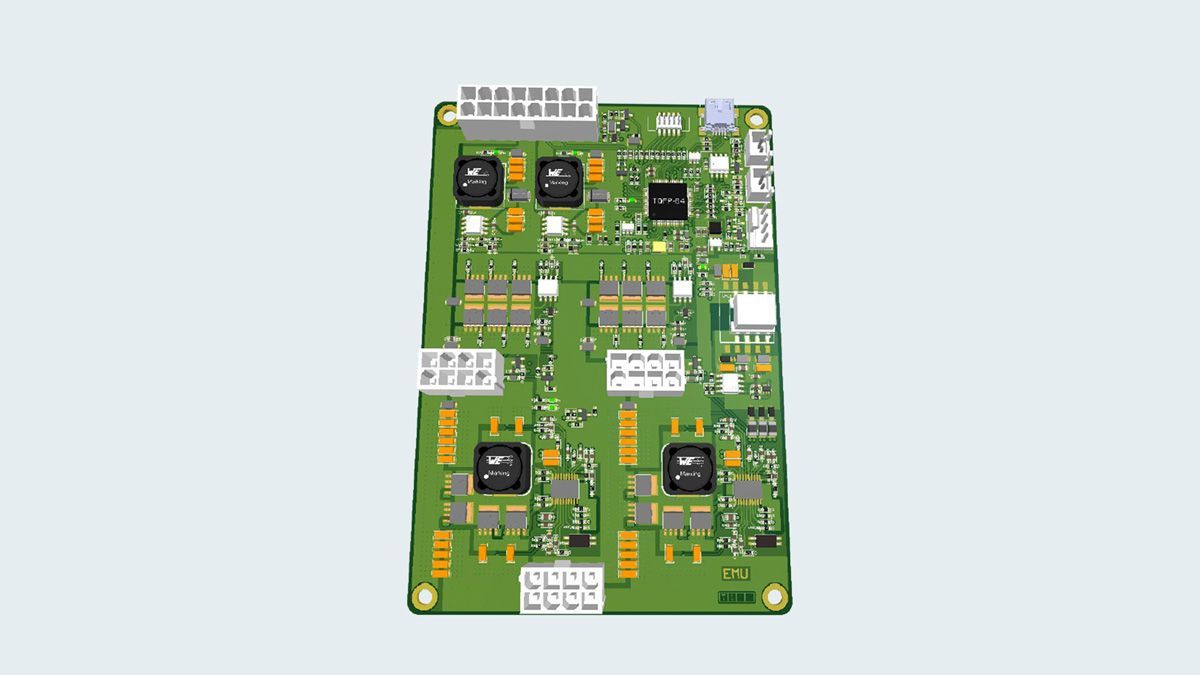
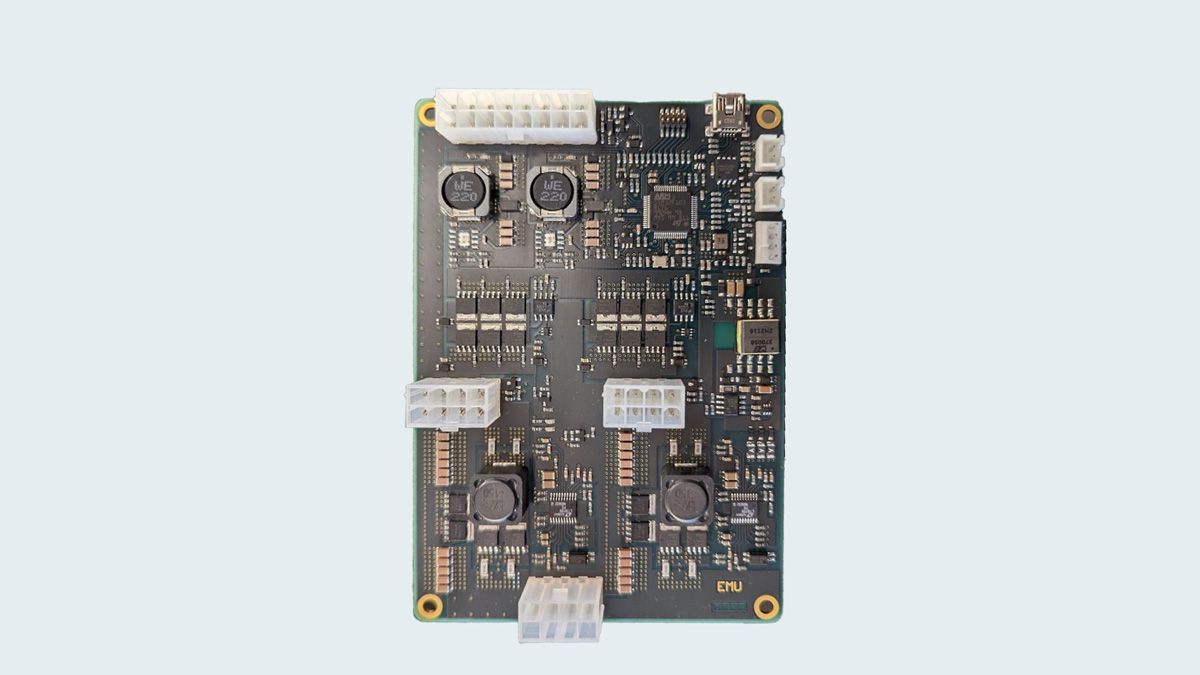
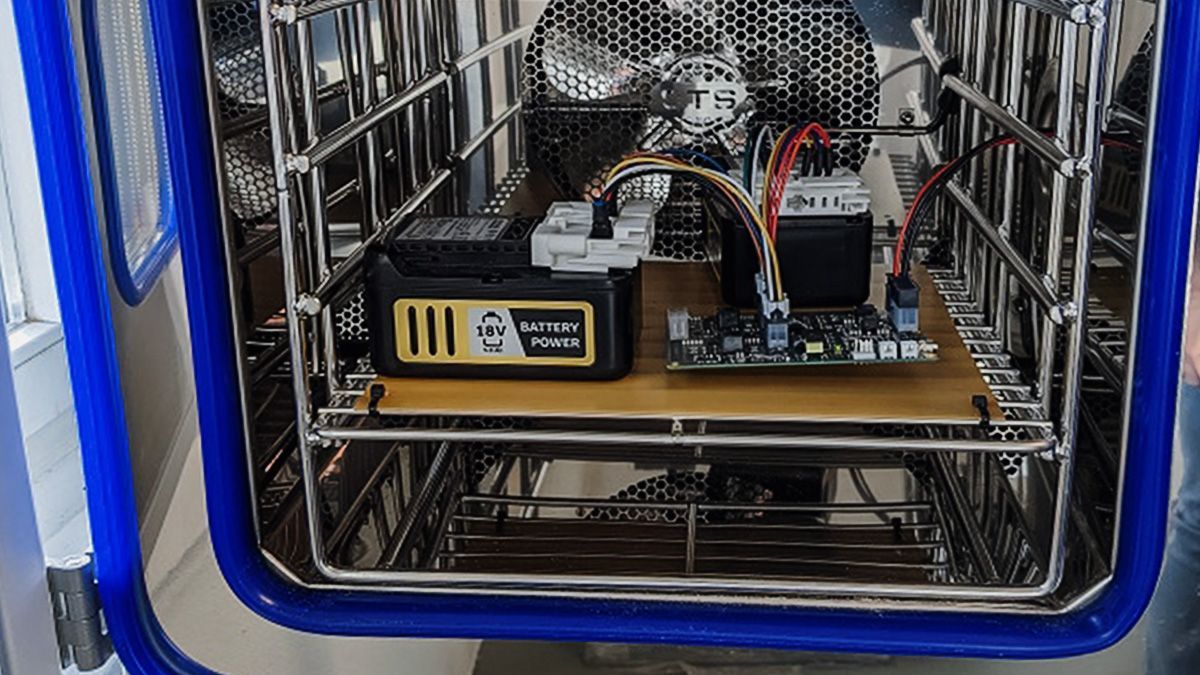
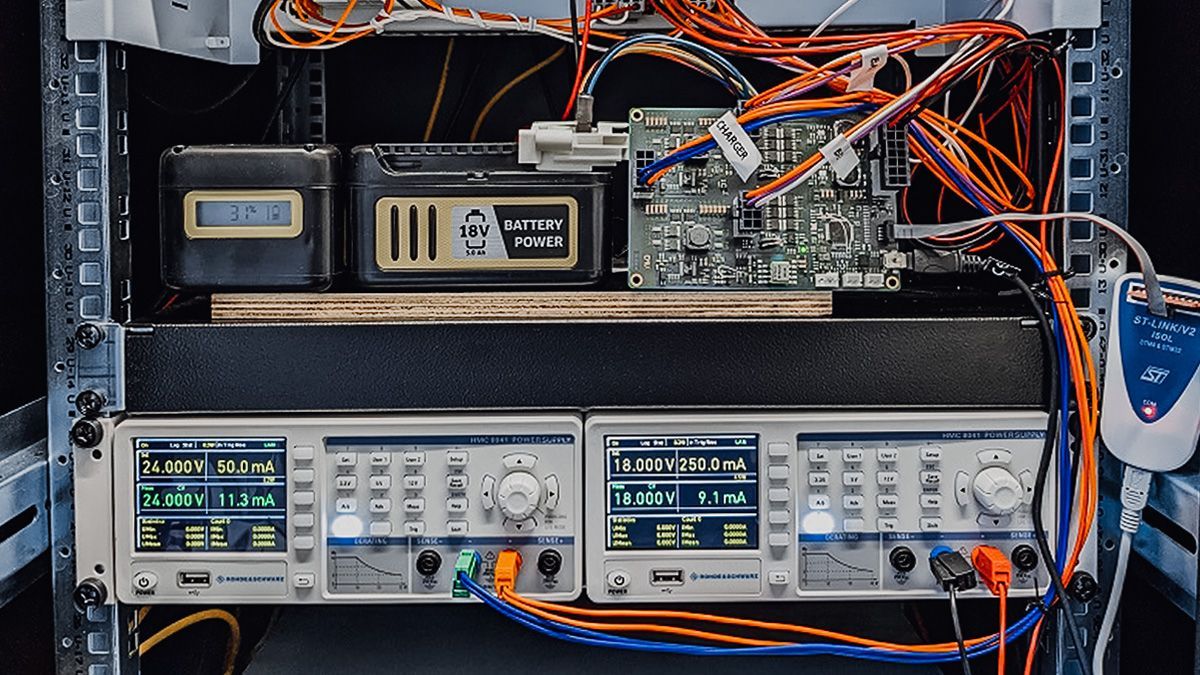
MICROCONTROLLERS CHECK CHARGE LEVELS AND CONTROL THE FLOW OF POWER
The functionality of the BMS consists of two batteries that independently monitor their system states using an integrated microcontroller and communicate the system information obtained in this way via a Bus system. The microcontroller used to control the battery management can query and process the system states of both batteries at any time, such as the charge level, in order to apply the correct charging currents.
In order to be able to transfer the electrical energy from the two batteries to the robot, a hot-swap controller was integrated into the BMS. This has the task of taking the electrical energy from the individual batteries. If a battery is removed, the hot swap controller must switch to the other battery still in the system.
The real challenge in developing the hot swap controller was that the batteries used from the Kärcher Battery Platform have their own protective circuit. The interaction of this protective circuit with the hot swap controller required a lot of development work to coordinate both systems.
The functionality of the BMS is visualized in this block diagram.
The CAD model of the circuit board.
The thermal tests in the climate chamber should ensure that the assembly works properly.
The hardware-in-the-loop test system continuously tested the hardware and firmware of the BMS over a defined period of time.
The completed circuit board.
ABOUT KÄRCHER
Alfred Kärcher SE & Co. KG is headquartered in Winnenden, Germany, and has 150 subsidiaries in 80 countries. They are the world's leading supplier of cleaning technology and are probably best known for their high-pressure cleaners and range of products and services for professional cleaning of offices, hotels, and supermarkets. The family-owned company employs around 15,000 people and looks back on a company history spanning more than 85 years.
CAROUSEL FILTER SETUP
CASES
Here are a few examples of how we have successfully supported our Manufacturing customers.
This is a paragraph. Writing in paragraphs lets visitors find what they are looking for quickly and easily.
This is a paragraph. Writing in paragraphs lets visitors find what they are looking for quickly and easily.
This is a paragraph. Writing in paragraphs lets visitors find what they are looking for quickly and easily.
This is a paragraph. Writing in paragraphs lets visitors find what they are looking for quickly and easily.
LET’S EXCHANGE IDEAS
Because you could change direction much faster than you think.



